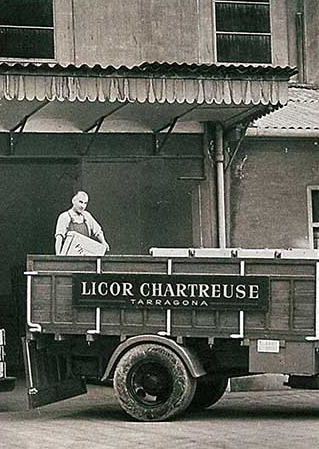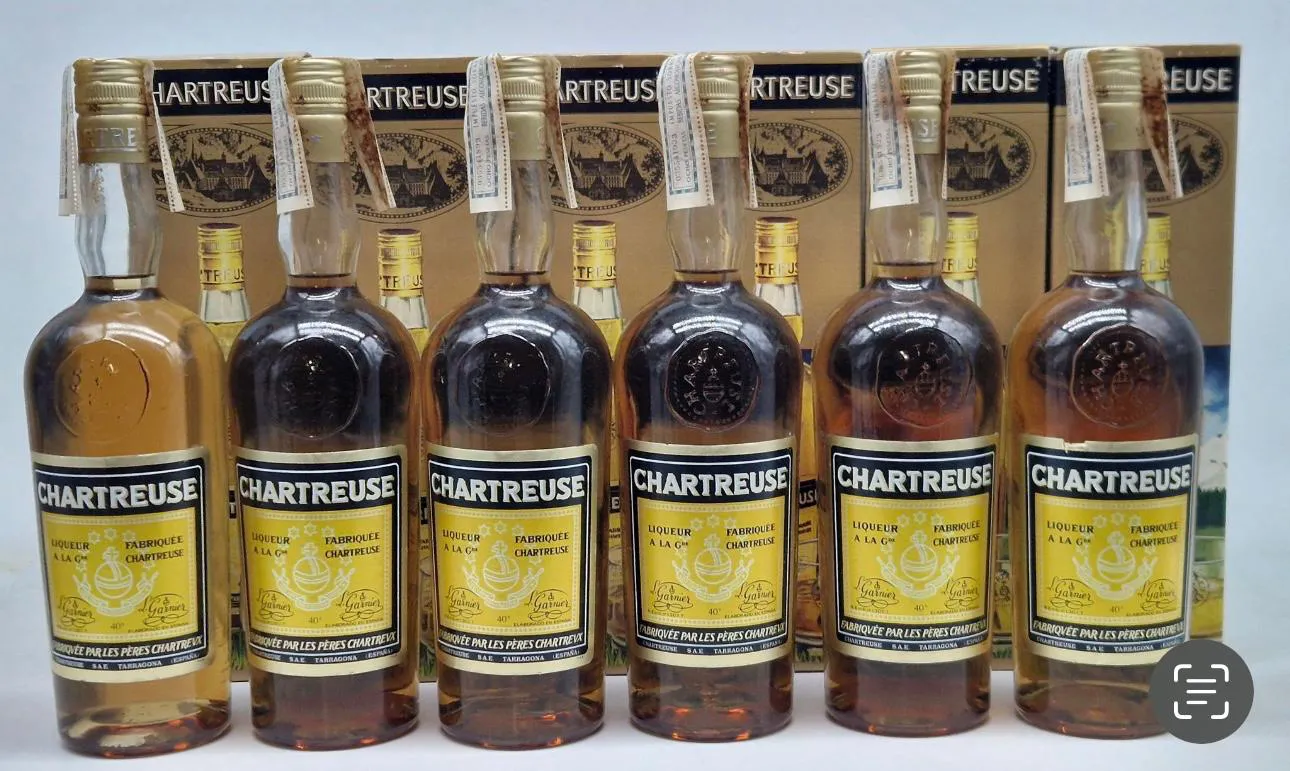History
The begining
The famous Chartreuse liquor is made from a maceration of 130 plants, whose composition is a mystery. Its secret formula is only known by three monks belonging to the Order of the Carthusians of the Monastery of the Grand Chartreuse, which gives its name to the brand. This imposing monastery was erected in honor of Saint Bruno, who decided to establish himself in the place in 1084 to carry out a life of peace, prayer and communion with the monastic order that he formed. Among the work of the monks were the distillation of spirits, which possessed medicinal properties. It was in 1605 in the Parisian monastery of Vauvert, when Marshal François-Annibal d'Estrées, who knew the work of distillation of the Carthusians, delivered them a mysterious manuscript that contained the secrets for the elaboration of a "long-life Elixir".
This brevbaje will take time to see the light, and will require effort, wisdom and dedication through the years and generations. It was not until 1614 that he began to try to give the exact compositions to obtain the Elixir in the monastery of Vauvert, under the tutelage of brother Claude Obriot. The manuscript was transferred to the monastery of the Grand Chartreuse by prior Dom Michel Brunier de Larnarge in 1737. It was there that the brothers Bruno and André will continue with the work of perfecting the drink. After their deaths, the work continued by brother Jér.me Maubec, who arrived in 1755 to obtain an initial drink of 71o. Upon his death in 1762, the unfinished legacy passed to brother Antoine Dupuy, who continued the intergenerational work of perfecting the Elixir.
However, the Order will have to survive multiple historical vicissitudes, especially the one suffered in 1792 in the midst of the French Revolution with the expulsion of the monks from the monasteries of Vauvert and the Grand Chartreuse, which did not allow the much desired formula to be commercialized. In 1816 Louis XVIII allowed the Pères Chartreux to return to their monasteries, which allowed Dom Ambroise Burdet to resume the distillation work embodied in the manuscript "Composition of the Elixir of Chartreuse" in 1764. Likewise, parents produce new therapeutic and medicinal products such as “dentifrice”, “steel ball”, “specific” or various syrups.
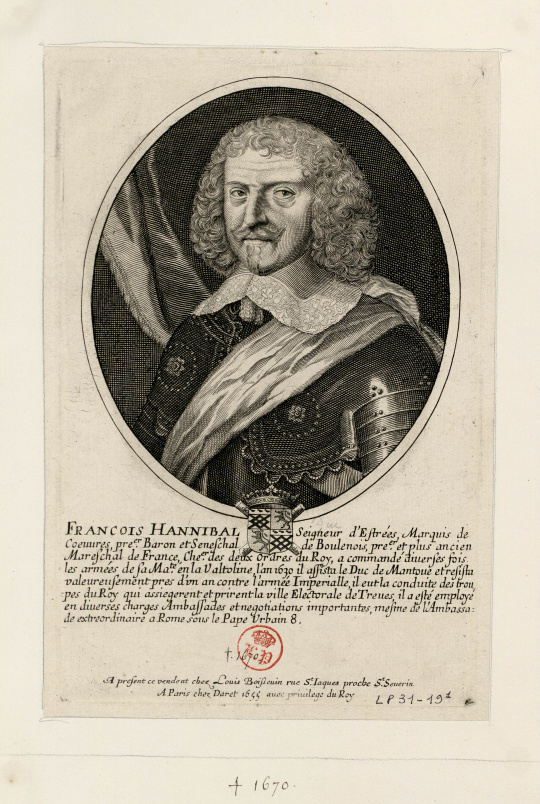
The birth of the Chartreuse liquor
In 1825, Dom Messy developed a new “Table Elixir or Health Elixir” of healing properties, this time 60th. Shortly afterwards, in 1838, Brother Bruno Jacquet innovated the above formula, as did Brother Colomban Muri-Ravaux, distilling a softer liquor with yellowish tones. We are facing the birth in 1840 of the famous yellow Chartreuse, which will see the light together with another distillation of greenish tones, the green Chartreuse, so called by Father Dom Louis Garnier, at that time responsible for the production of Carthusian liquors.
Since then, the liquors, which together with Elixir and other pharmacy products are produced and marketed with great success, now carry the name Chartreuse. The popularity and acceptance of Chartreuse in the area is such that the first forgeries arise, having to add to the labels: “Licor elaborated in the Gran Chartreuse”, together with the firm L. Garnier to testify to its originality. The fame of the liquor, already known as the “Queen of the liquors” and the Elixir grows steadily, the elaboration is multiplied and they begin to export to other parts of France, and also to neighboring Italy. The need to continue increasing production forced the need to move the distillery from the monastery to Fourvoirie in 1864, at the same time as the warehouses in Voiron were established. The trademark was finally registered in 1869.

Distilleries
At the beginning of the 20th century in France there were bad times for religious congregations, so the Carthusian Fathers made the decision to create “La Unión Agrícola” on 27 December 1901 in Tarragona. Two years later they were expelled from the monastery, which will force them to move to an old textile factory in the city that the Order had acquired twenty years ago. It will be here where the production work of our famous Chartreuse in Tarragona will take place from 1903, and where a perfection of the liquor never seen will be achieved. The demanding local consumer never accepted another liquor other than that produced by the Pères Chartreux, and during the history of the factory, in addition to the classic yellow and green liquor, some exclusive bottles were followed, such as the “Reserva”, the VEP or the “Tarragone du Siecle”, in addition to other products such as the Brandi CAR La Tarragonesa, the Anisette or the Eau de Noix. The history of liquor and its factory is much loved by the city. In it, the people of Tarragona have worked for almost a century and it is full of memories and vicissitudes, such as the bombing suffered in 1938 during the Civil War and the harsh conditions of the post-war period.
In the absence of the Parents Carthusians in France, the licorista Cusenier is made with the rights of the brand and created the “Compagnie Fermière de la Grande Chartreuse”, through which continued covering the growing demand French of this liquor. The carthusians managed to regain the rights to his brand to an international level, and in 1912, the united States Supreme Court banned liquor from “the Cusenier Company” in the united States. The company ended up breaking in 1929, after that French consumers to reject a product far away from the uniqueness offered by the monks. The production inimiatble of the carthusians is to resume in France in 1921, when it opened a new distillery in Marseille, which will allow the faithful to French consumers regain their longed Chartreuse original. In 1932 he returned to production in Fourvoirie, although three years later, the factory was destroyed by a landslide, which led to moving the entire production to French to Voiron.
The huge dificutades lived during the Second World War marked the spirit of renewal of the trade mark in the following decade, with a new model of bottle and embossed tag with the name “Chartreuse”, and with a rapid growth in the production. The French consumer, eager to taste the products even more exclusive, you will be taken from the 1963 to the OSD (Chartreuse Exceptionally Long Ageing period), matured in oak barrels for over a decade. The celebrity and fame of the brand continues to grow in the 1970s and 1980s, and must rely on marketing and advertising to Chartreuse Diffusion. With the new millennium, Chartreuse opened the distillery Aiguenoire in 2018. In 2022, the Caves de la Chartreuse in Voiron have become a museum to preserve the culture and the legendary history of the Chartreuse.
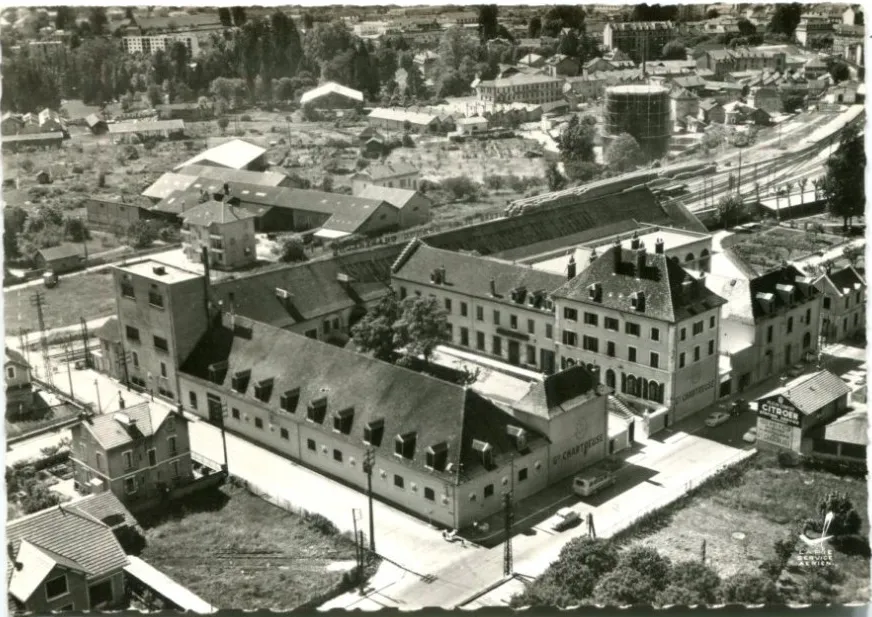
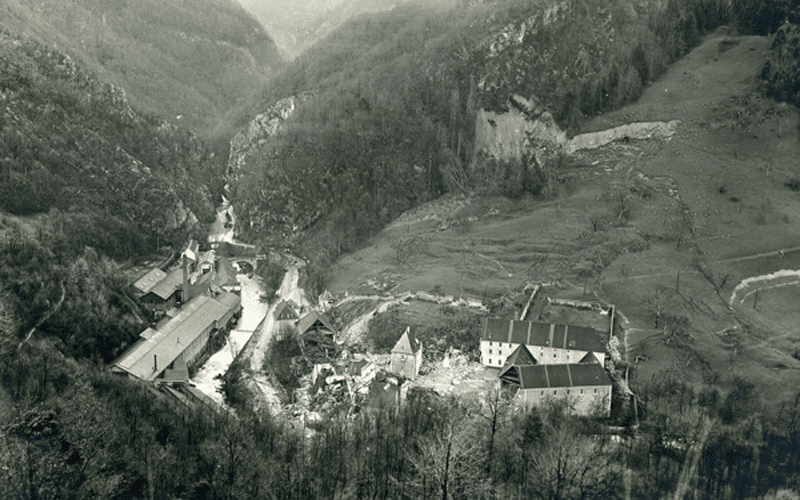
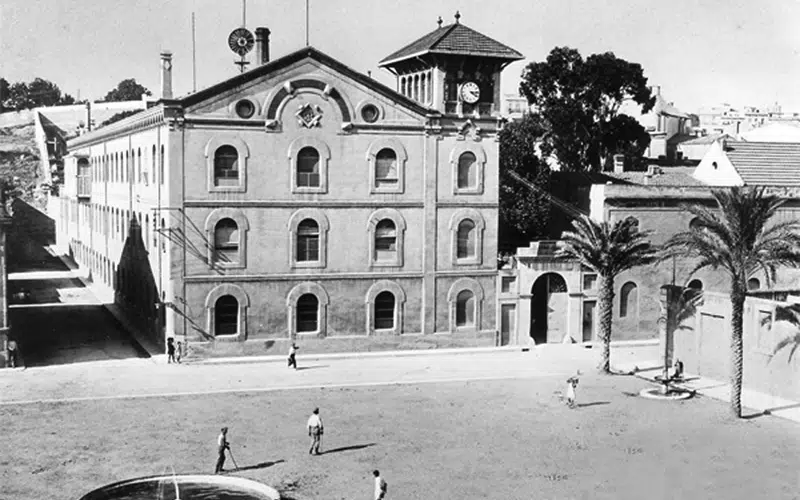
The end of a story
At the beginning of the decade of the eighties, the crisis affected the sales of liquor in the Spanish market, French and american, and the popularity of the liquor began to decrease. New trends, as well as the new taxes and regulations on alcoholic beverages affected the consumption of the brand. The decrease of sales in the eighties in the factory in Tarragona led to its permanent closure in 1989. It is the end of a story in Tarragona forged by the indelible step of the Pères Chartreux for the city. Despite the closure of the legendary distillery of Tarragona, the city is still very much attached to the liquor, and the Pères Chartreuse, in recognition of how much he represented the city for the brand when almost the entire TWENTIETH century, booking a starting annual Chartreuse yellow and green, especially bottled on the occasion of the Festivities of Santa Tecla. Without a doubt, the years 2003, 2004 and 2005 stand out as the most exceptional.
At the time postTarragona, initiated since the nineties, the sales began to increase again in France and also at the international level, but by that time in Tarragona, it was only the vivid memory of the experiences with which the tarraconsenses enjoyed the Chartreuse. The production was concentrated in Voiron, where it diversified into the production developed in 1990, a liquor again: the Bishops, with the commemorar the 50th anniversary of the return of the carthusians in France.
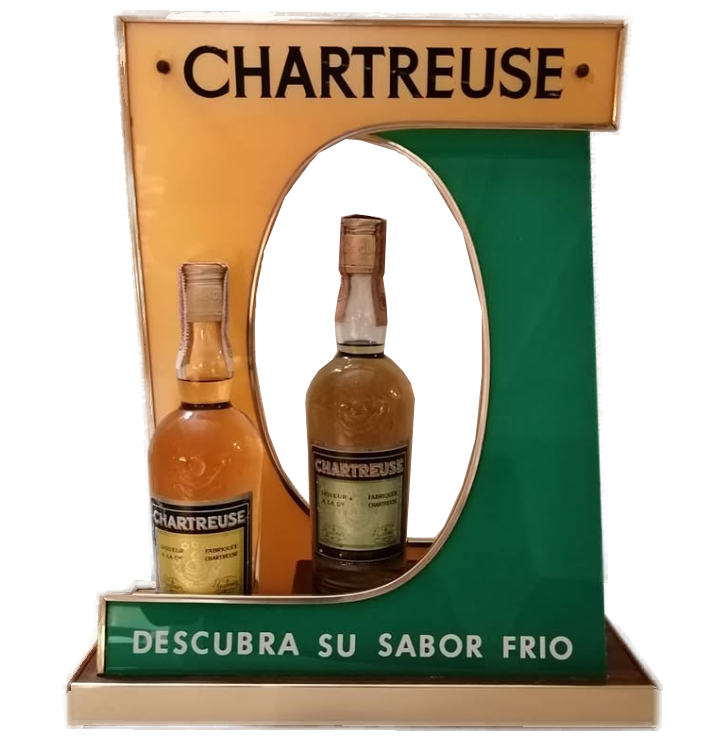
The liquor, more exceptional: the Tarragona
Over more than two centuries and a half of relentless work with the incomparable wisdom in the arts destilatorias of the Pères Chartreux, has been in Tarragona, where, without doubt, has been obtained brevage nearest to perfection, a true liquid gold. The combination of the origin of the alcohol maceration of base, obtained from wines, the source of the herbs and the temperature of the cellar of the factory, is conjuraron to see the birth of the distillate of the highest prestige, the most sought-after and benerado from the ever manufactured in the legendary history of the liquor Chartreuse.
Today, every bottle is an object of worship, a myth in popular culture of many tarragona, which retain some bottle as a way of remembering what a day the city was and what a day provided. For others, a bottle of Tarragona is the possibility to experience the most unique experience for the palate. Ever heard of a link between a wine or liquor, and a city there were gathered together with so much force and it was so special. And although to pass the centuries, the memory of the Pères Chartreux and of their factory, so many city workers spent, will remain alive in the memory as long as there is one last bottle of Chartreuse. “Time passes, the Chartreuse remains” and if it is from Tarragona, much more.
